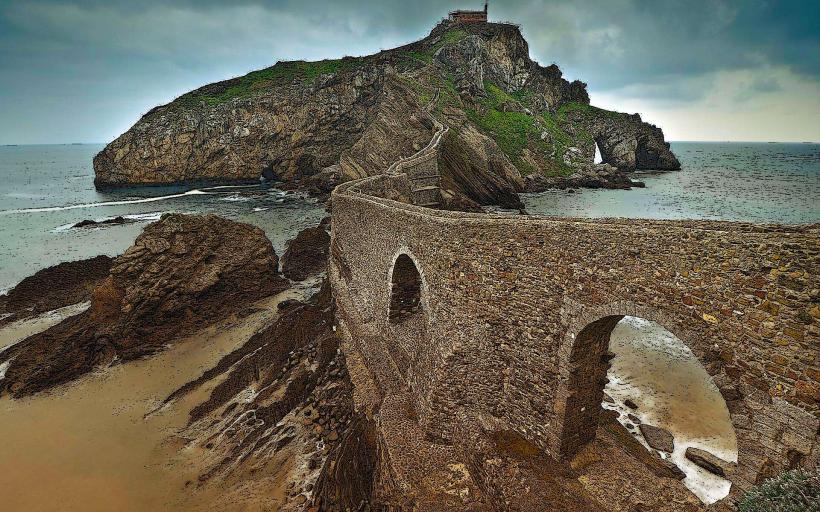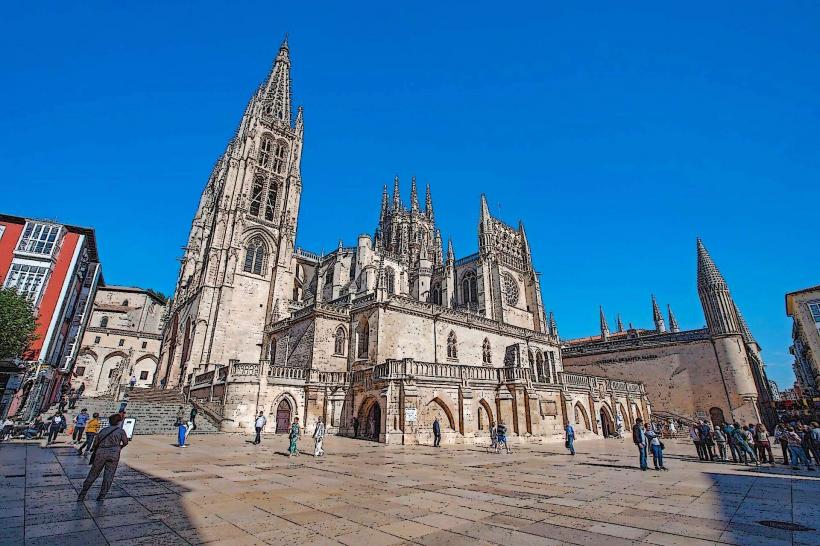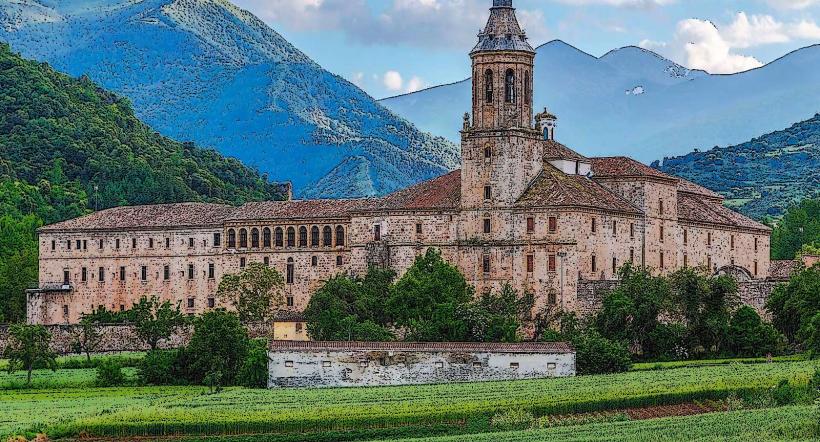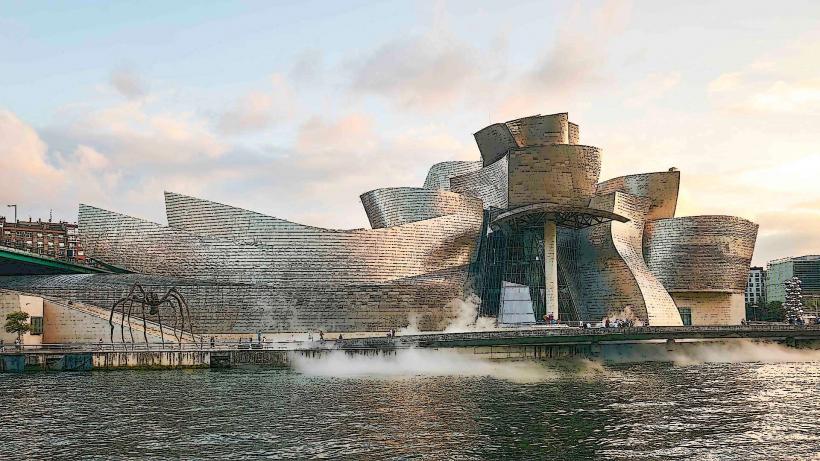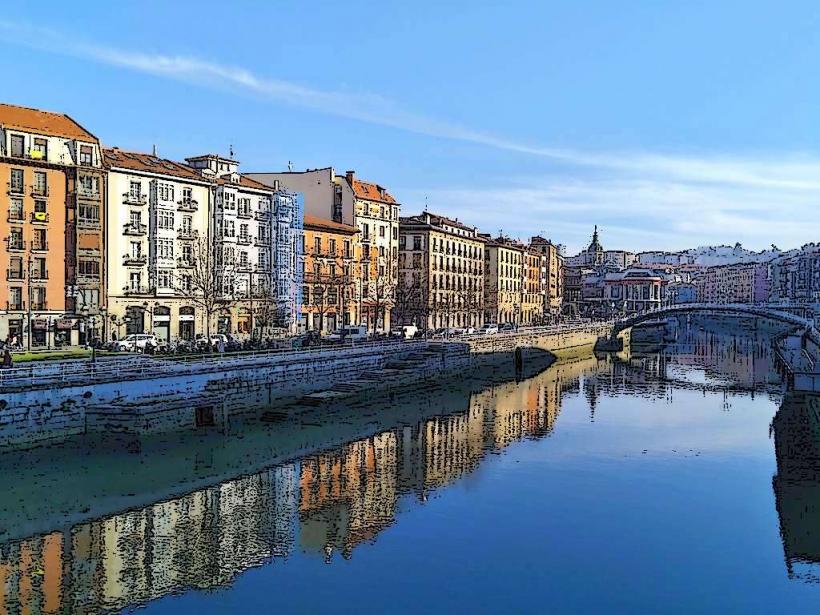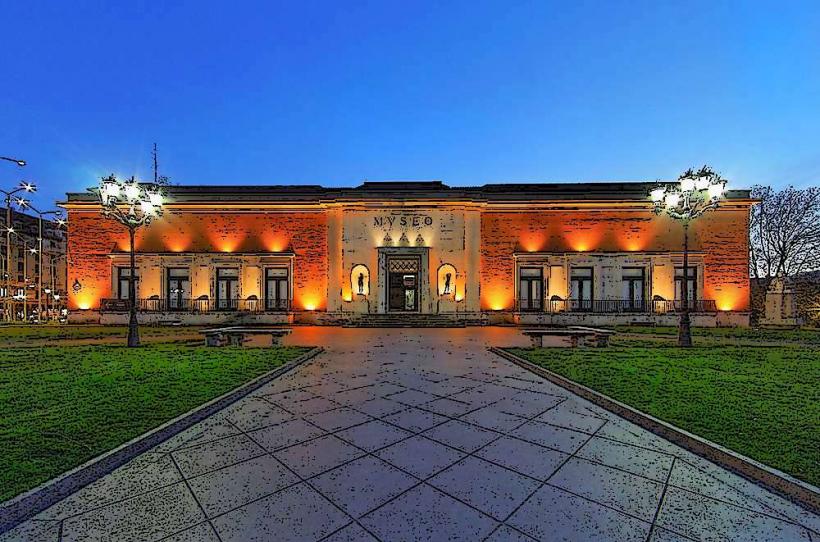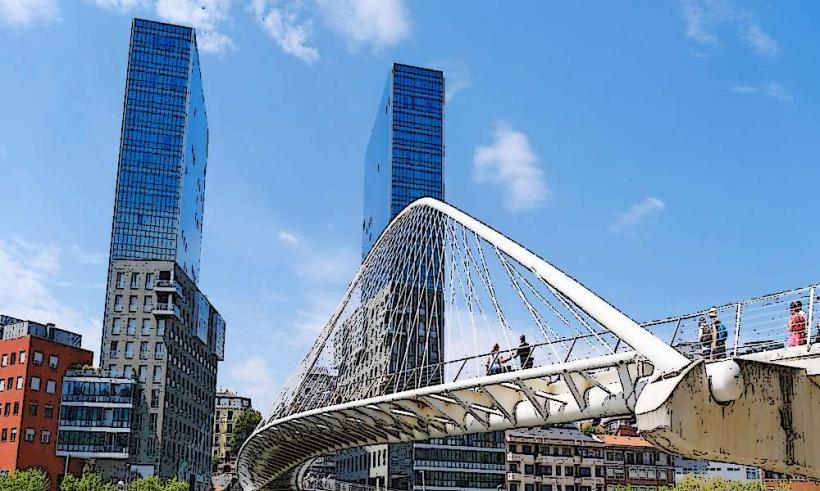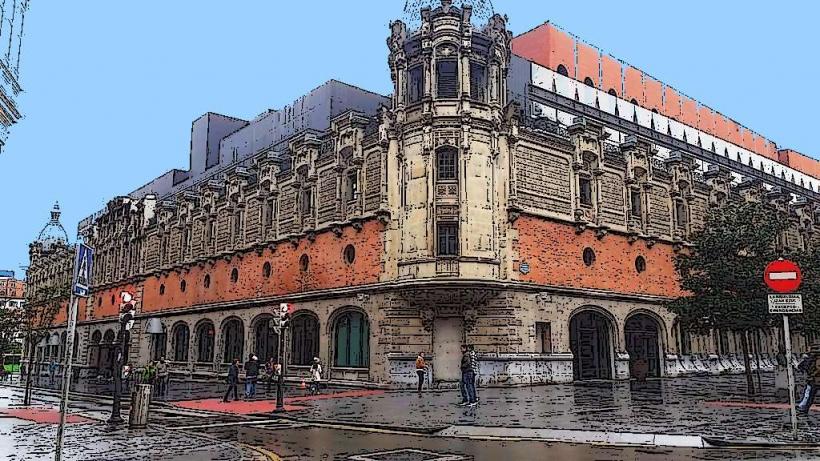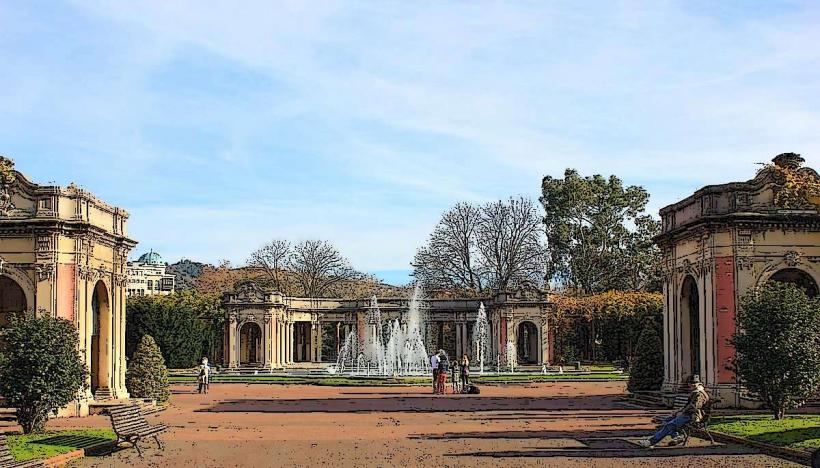Information
City: BilbaoCountry: Spain
Continent: Europe
Bilbao, the largest city in Spain's Basque Country and one of its most vibrant, is renowned for its unique blend of traditional Basque culture, modern architecture, and a thriving art scene. Known for its innovative urban transformation, Bilbao has evolved from an industrial port city to a cultural and tourism hotspot. Set against the lush hills of northern Spain, Bilbao offers a mix of old and new with its historic Casco Viejo (Old Town), cutting-edge architecture like the Guggenheim Museum, and a thriving food scene centered on Basque cuisine.
History and Background
Founding and Early History: Bilbao was founded in 1300 and has long been an important port and trade center. Located along the Nervión River and close to the Bay of Biscay, it was strategically positioned for both trade and commerce. In the 19th century, Bilbao’s economy boomed with iron mining and heavy industry, transforming it into an industrial powerhouse of Spain.
Industrial Decline and Transformation: By the mid-20th century, Bilbao suffered economic decline due to deindustrialization. However, starting in the 1990s, Bilbao embarked on a major urban regeneration project, transforming itself into a global cultural destination. This shift is often symbolized by the construction of the Guggenheim Museum, which played a key role in revitalizing the city.
Key Attractions
1. Guggenheim Museum Bilbao
- Opened in 1997, the Guggenheim Museum is the city’s most iconic landmark, designed by architect Frank Gehry. This modern art museum features a striking, titanium-clad structure with curving, organic shapes that reflect in the river below.
- The museum's collection includes works by renowned contemporary artists such as Jeff Koons and Richard Serra. Outside, the museum’s surroundings are also adorned with unique sculptures, like Koons’ Puppy, a massive dog-shaped flower sculpture, and Maman, a giant spider by artist Louise Bourgeois.
2. Casco Viejo (Old Town)
- Casco Viejo is Bilbao’s historic old town, featuring narrow, cobblestone streets, colorful buildings, and charming squares. This area is home to the Siete Calles (Seven Streets), the original medieval heart of the city.
- Notable sights include the Santiago Cathedral, a Gothic church dating back to the 14th century, and Plaza Nueva, a 19th-century neoclassical square known for its bustling cafés and pintxos (Basque tapas) bars.
3. Bilbao Fine Arts Museum
- One of Spain’s most important art museums, the Bilbao Fine Arts Museum holds a diverse collection of artworks from medieval to modern periods, including masterpieces by El Greco, Goya, Sorolla, and Francis Bacon.
- The museum's collection reflects both Spanish and Basque art traditions, making it an essential stop for art enthusiasts.
4. Zubizuri Bridge (Calatrava Bridge)
- Designed by Santiago Calatrava, the Zubizuri Bridge (meaning “White Bridge”) is a unique pedestrian bridge that arches over the Nervión River. Its modern, futuristic look adds to Bilbao's architectural diversity.
- The bridge features a curved, glass-deck walkway supported by steel cables, offering picturesque views of the city and the river.
5. Azkuna Zentroa (Alhóndiga Bilbao)
- Formerly a wine warehouse, the Azkuna Zentroa is now a multipurpose cultural center designed by French architect Philippe Starck. The space houses an array of attractions, including art galleries, a library, a rooftop pool with a transparent floor, and various event spaces.
- The building’s interior features 43 unique columns, each designed with a different theme, giving the space a distinctive character that blends tradition with modernity.
6. Doña Casilda Iturrizar Park
- Known locally as “El Parque de los Patos” (The Duck Park), Doña Casilda Iturrizar Park is Bilbao’s largest green space, located near the Fine Arts Museum. The park features lush gardens, walking paths, and a beautiful pond with ducks.
- This is a peaceful spot to relax and enjoy the outdoors, with sculptures, fountains, and trees providing a quiet escape from the city’s urban bustle.
Basque Cuisine and Gastronomy
Pintxos Culture: Bilbao is famous for its pintxos, which are small, flavorful snacks similar to tapas, typically served on a piece of bread and skewered with a toothpick. Casco Viejo and Plaza Nueva are two of the best areas to experience the lively pintxos scene, where you can sample a variety of options like Gilda (olives, anchovies, and peppers), bacalao (salted cod), and tortilla de patatas (Spanish omelet).
Michelin-Starred Restaurants: The Basque Country is known for its gastronomy, with a high concentration of Michelin-starred restaurants in and around Bilbao. Restaurants such as Nerua (located within the Guggenheim) and Etxanobe are popular among food enthusiasts for their innovative takes on traditional Basque flavors.
Basque Wine (Txakoli): Txakoli is a young, slightly sparkling white wine unique to the Basque region, often served with pintxos. This crisp, acidic wine pairs perfectly with seafood dishes and is a must-try for visitors.
Cultural Events and Festivals
Aste Nagusia (Great Week): Held every August, Aste Nagusia is Bilbao’s biggest festival, with nine days of events including concerts, fireworks, street performances, and traditional Basque sports like stone lifting and wood chopping. Locals and visitors alike celebrate together, making it a vibrant time to experience Basque culture.
Bilbao BBK Live: This annual music festival, held on Mount Cobetas, attracts international acts and thousands of music fans from around the world. With a mix of rock, indie, and electronic genres, it’s one of Spain’s top music festivals.
Modern Urban Design and Sustainability
Urban Regeneration: Bilbao’s transformation from an industrial city to a cultural and architectural landmark is an exemplary model of urban regeneration. Projects like the Bilbao Ria 2000, aimed at revitalizing the riverfront, have turned former industrial areas into green spaces, modern buildings, and public art installations.
Sustainable Development: The city has implemented numerous green initiatives, such as efficient public transportation, bike lanes, and eco-friendly building projects. Bilbao’s sustainable design efforts were recognized in 2018, when it was awarded the European Green Capital title.
Getting Around
Public Transport: Bilbao has an efficient metro system, designed by renowned architect Norman Foster, along with buses and trams that make it easy to navigate the city.
Walking and Biking: Many of Bilbao’s attractions are within walking distance in the city center, making it pedestrian-friendly. Bike rentals are also popular, and the city has numerous bike paths.
Conclusion
Bilbao is a city that has embraced change while preserving its unique Basque heritage, making it one of the most fascinating destinations in Spain. From the world-famous Guggenheim Museum and lively pintxos culture to historic sites and parks, Bilbao offers a rich tapestry of experiences for travelers. Its transformation from an industrial hub to a modern cultural capital showcases the power of urban renewal, making Bilbao not just a place to visit but a place to be inspired.


